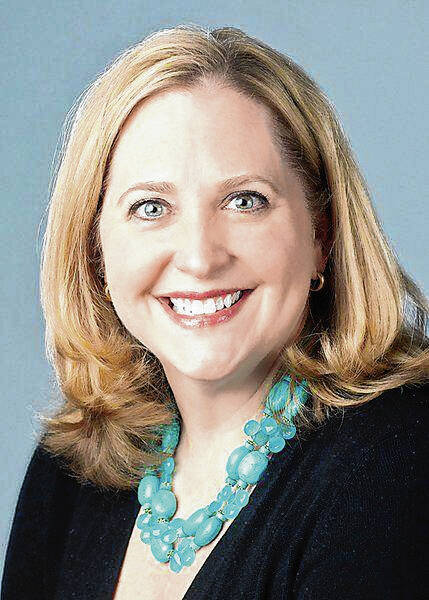
Tami Silverman
By Tami Silverman
While many of us are stringing lights and wrapping presents, there’s another season for which we should also be preparing — the 2023 Indiana legislative session.
What youth and child issues are likely to be discussed? What data exists that should inform legislative action on those concerns? How can we involve more young people in the legislative process, through both making space for their voices and modeling the civility and exchange of ideas so needed for our democratic process?
The gaps in opportunities and achievement for Indiana’s youth have been clear for years. The upcoming session presents the chance to take significant actions to enhance our kids’ well-being. What follows are a few of the youth-centered issues that would benefit from action.
Early literacy
In the 2021-22 school year, 81.6% of Hoosier third-graders demonstrated reading proficiency through the State’s IREAD-3 assessment. While this is similar to 2020-21 proficiency levels, these levels are down significantly from each of the prior 10 school years.
Black and Hispanic students’ average proficiency rates are 17.5% and 12%, respectively, lower than the state average. These widening gaps suggest disproportionate pandemic impacts and a need for targeted interventions.
While access to high-quality early learning experiences is known to be foundational for literacy, in Indiana, 57% of Hispanic families and 72% of rural families live in areas without enough licensed child care providers.
Mental health
Three out of every 10 Indiana high school students reported their mental health was most of the time or always not good (including stress, anxiety and depression), according to the 2021 Youth Risk Behavior Survey.
Twenty-eight percent of Indiana adolescents ages 12 to 17 have a mental, emotional, developmental or behavioral problem.
In 2021, 82 counties in Indiana had mental health shortages, meaning the county does not have enough mental health care providers to meet the county’s demand. Eighty-five percent of the Hoosier population lives in mental health shortage areas.
Postsecondary completion
According to a November 2022 report from Ascend Indiana and EmployIndy, job growth in the state is projected to be strongest in occupations requiring postsecondary credentials (master’s degrees 13.1% growth, associate degrees 7.9%, bachelor’s degrees 7.3%).
Indiana’s college enrollment rate is at its lowest level in 10 years and has been declining since the 2014-15 school year. In the Class of 2020, just more than half (53%) of high school graduates had enrolled in postsecondary education within a year after graduation.
The 21st Century Scholars program offers enrolled students up to 100% coverage for their tuition at two- or four-year Indiana colleges and universities. Those enrolled complete college at rates significantly higher than their non-Scholar peers (36.6% vs. 27.4%), making it important that all eligible students have an easy path into the program.
However, many of those eligible do not successfully complete program enrollment. For example, while 69% of Black Hoosier students are eligible for the 21st Century Scholars program, only 17% are enrolled.
Each election cycle, media focuses on voter enrollment and turnout of young people with voter turnout often being lowest among 18- to 24-year-olds. Discussions of involvement in politics should focus on more than voting rates. As youth workers and community leaders, we have the opportunity and responsibility to make space for youth to participate in the policy-making process, listening to their individual and collective perspectives on the issues impacting them.
More organizations should follow the examples set by such groups as the Commission on Improving the Status of Children in Indiana, which in partnership with VOICES Corp. held a Virtual Youth Engagement Summit this fall, and Foster Success, which facilitates the Indiana Youth Advisory Board, and those many local programs with ongoing activities to ensure youth voices are centered and elevated as policies and programs affected them are discussed and reviewed.
The legislative session, just like the holiday season, benefits from the clarity of purpose and advance planning. When we understand the data, honor and elevate those we hope to benefit and show up with the spirit of civility, we have an opportunity to demonstrate care for our youth that can spread cheer year-round.
Tami Silverman is president and chief executive officer of the Indiana Youth Institute. Working with the board of directors, she determines the overall direction of IYI and serves as the organization’s primary spokesperson, advocating for programs, innovations and policies that benefit children and youth. She draws upon her 25 years of experience managing teams to set the stage for dedicated, curious and focused individuals to create positive impact and lasting change. Send comments to [email protected].
